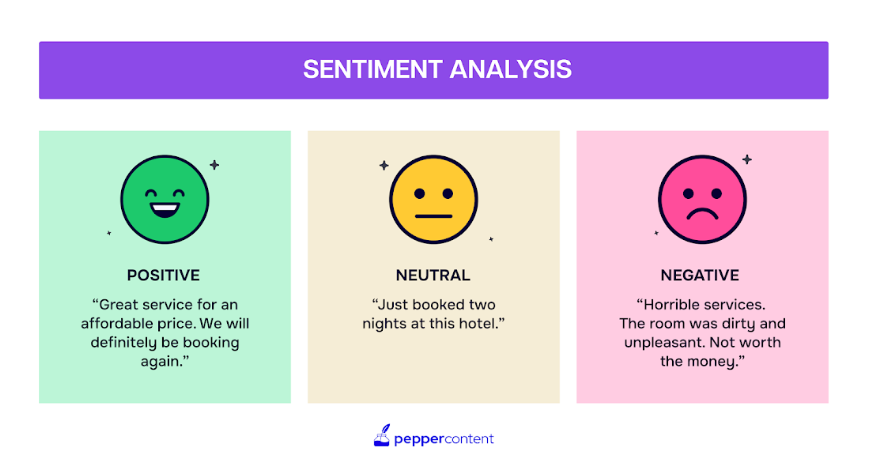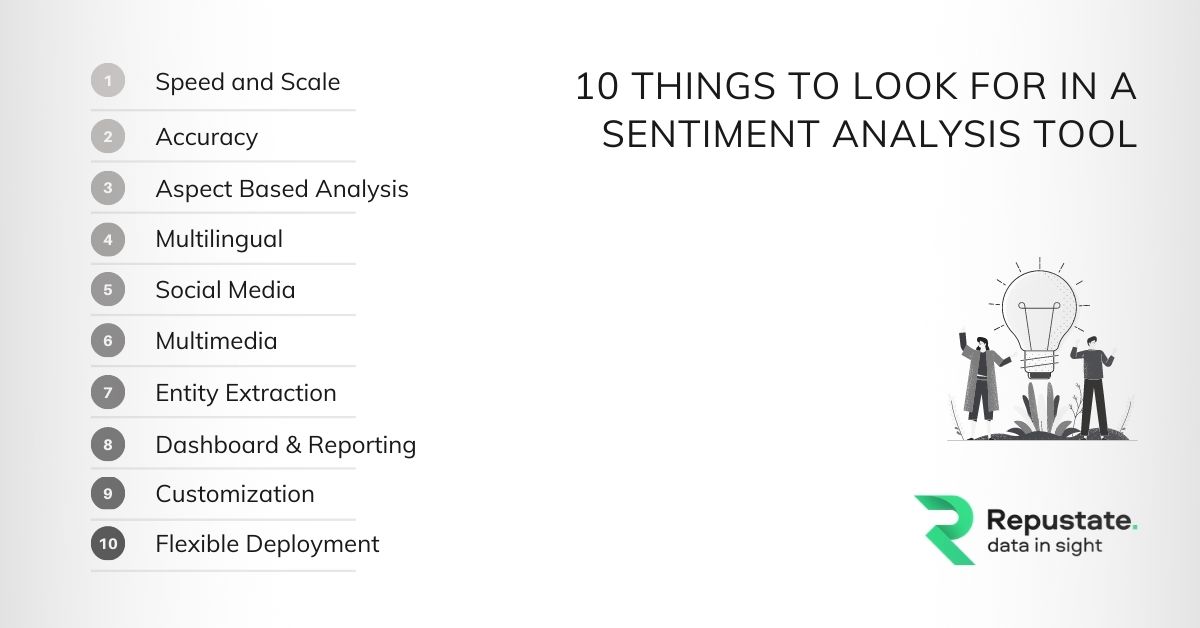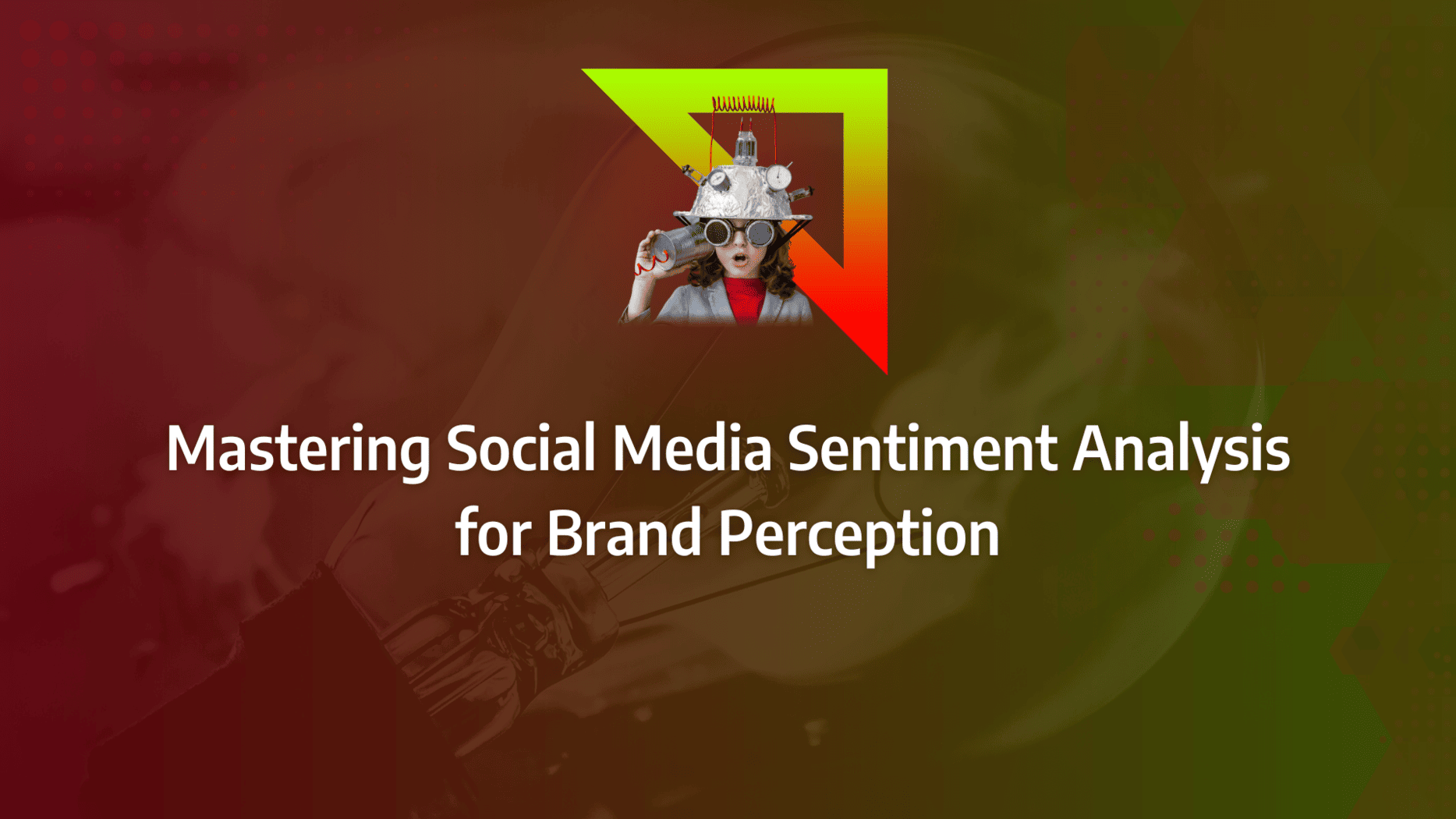In a world where brand perception can make or break a business, understanding how your audience truly feels about your brand is crucial. Social media sentiment analysis has emerged as a powerful tool for gauging these emotions, enabling businesses to fine-tune their strategies and maintain a positive image.
But how do you cut through the noise and extract actionable insights from the vast ocean of social media data? By leveraging advanced sentiment analysis tools, you can not only monitor the pulse of your brand but also uncover hidden opportunities to enhance customer satisfaction and loyalty. In this guide, we’ll explore the most effective strategies for implementing sentiment analysis and expert-recommended tools.
- Leverage sentiment analysis tools to gain insights into how your brand is perceived on social media, helping you stay ahead in managing brand reputation.
- Understand the impact of sentiment on your brand by categorising social media mentions into positive, neutral, or negative, allowing you to respond strategically.
- Implement best practices for sentiment analysis, including effective data collection methods and integrating insights into your marketing strategy for enhanced brand perception.
- Choose the right sentiment analysis tools by evaluating features and use cases that best align with your business needs, ensuring accurate and actionable insights.
- Address challenges in sentiment analysis by recognising limitations such as sarcasm detection and mixed sentiments, and consider human oversight to improve accuracy.
- Apply insights from sentiment analysis to enhance customer engagement, improve your social media strategy, and ultimately drive business growth.
What are the key benefits of social media sentiment analysis for my brand?
In the United Kingdom alone, the London School of Economics and Political Science reports that there are approximately 42 million Facebook users, 16 million active Twitter users, 21 million LinkedIn users, and 35.6 million YouTube users monthly. As these numbers grow, so does the wealth of data available for analysis, providing profound insights into how customers perceive a brand and its products.
By utilising machine learning and natural language processing, social media sentiment analysis tools like Salesforce, Pulsar, and Global Web Index can evaluate content across various social media platforms, categorising it by topic or sentiment (positive, negative, or neutral). This represents big data and AI working in harmony!
Sentiment analysis delves into the spectrum of emotions expressed by your customers through their comments and reviews. Social media sentiment analysis tools can scrutinise comments, reactions, reviews, and brand mentions across the web, helping you understand your customers’ issues, needs, and desires. These insights can pinpoint areas for improvement in your products, customer service, or overall experience. Additionally, social media sentiment analysis is invaluable for crafting more effective marketing and messaging strategies.

Why is Social Media Sentiment Analysis So Important?
Develop Audience Insight
Every business can greatly benefit from understanding their customers’ true feelings. Knowing how your customers perceive your products and services can profoundly inform marketing campaigns, drive product innovation, and enhance customer experience. Social media sentiment analysis provides invaluable insights into audience sentiment, allowing you to tailor your strategies to meet their needs and expectations more effectively.
Prepare for Any PR Issues
Social media sentiment analysis allows brands to monitor online mentions in real-time, enabling the early identification of potential issues. This proactive approach is crucial for preparing for any public relations crises. If a brand notices a spike in negative sentiment, the team can investigate and develop a PR strategy accordingly. Given that negative reviews tend to gain traction rapidly on social media, it’s advantageous to integrate social media sentiment analysis tools with customer service teams. This integration helps manage customer queries and issues promptly, preventing minor problems from escalating.
Competitor Analysis
Monitoring your own data is just one part of the equation; tracking your competitors’ social media sentiment is equally beneficial. Positive feedback about your competitors can highlight their strengths, while negative reviews can expose their weaknesses, presenting opportunities for your business. By leveraging audience sentiment analysis, you can gain a competitive edge, refine your strategies, and ultimately improve your market position.

What Matters Most?
We typically find that integrating social media sentiment into broader strategic frameworks like account-based marketing or customer success can create a profound competitive advantage. Clients often discover that the real power of sentiment analysis lies not just in reacting to negative mentions, but in proactively identifying emerging market trends and shifts in brand perception. In practice, the most impactful approach is typically layering sentiment with context—whether it’s through combining it with intent data or integrating it into your lead scoring model—to ensure the feedback loops you’re developing are both actionable and forward-looking.Get In Touch
What steps should I follow for effective social media sentiment analysis?
Step 1: Monitor Conversations About Your Brand
To effectively track audience sentiment, businesses need to keep an eye on mentions and hashtags across platforms like X, Instagram, Facebook, and TikTok. This approach helps in capitalising on positive feedback and swiftly addressing any negative comments.
It’s also essential to monitor third-party sites and review platforms like Google Reviews, Reddit, and Yelp. E-commerce businesses, in particular, can gain valuable insights from on-site customer reviews.
Manually tracking these platforms can be time-consuming. Utilise Sprinklr, a social listening tool that gathers real-time social media data. It performs social media sentiment analysis, identifies trends, offers customisation options, and provides detailed reporting and analytics, including tracking relevant keywords linked to your brand.
Step 2: Select the Right Terms for Sentiment Analysis
For accurate social media sentiment analysis, it is crucial to categorise mentions correctly as positive, negative, or neutral. Identifying the right terms that reflect customer sentiment is essential. Some terms are straightforward, while others may be unique to your industry.
Organise your sentiment terms into categories:
- Positive: excellent, love, kudos, fantastic, perfect, appreciate
- Negative: terrible, hate, disappointing, awful, poor, avoid
- Neutral: acceptable, average, okay, moderate, satisfactory, ordinary
Step 3: Contextualise Your Mentions
Understanding the context of mentions is vital in social media sentiment analysis. Simply counting sentiment-related terms does not always capture the full picture of customer sentiment. It is important to review mentions carefully to account for potential errors.
Sarcasm can complicate sentiment analysis. For instance, a comment like “I love it when I lose my luggage after a nine-hour flight” clearly indicates dissatisfaction despite the positive language.
While sentiment analysis tools are generally accurate, there can be outliers. Combining manual review with machine learning techniques provides a nuanced understanding of audience sentiment, leading to more effective strategies.
Pitfalls in Social Media Sentiment Analysis
Social media sentiment analysis offers significant potential, yet it is not without its challenges. One major obstacle is the intricate nature of human language. Sarcasm, irony, and regional colloquialisms frequently confound algorithms, leading to errors in interpretation. For instance, a sarcastic remark such as “Great, another coffee spill on my shirt!” could be wrongly identified as positive due to the presence of the word “great”.
Context is paramount in understanding sentiment. The meaning of a phrase can vary widely depending on the topic or situation in which it is used. This complexity often leads to inaccuracies in automated sentiment analysis.
Language constantly evolves, particularly on social media, where new slang and expressions emerge regularly. Keeping pace with these changes is crucial for accurate analysis, yet it remains a significant challenge for existing technologies.
These issues are evident in cases like the misinterpretation of tweets during political campaigns or product launches. Nuanced public opinions are often oversimplified or incorrectly categorised. For example, some marketing campaigns intended to be humorous have been misread by social media sentiment analysis tools as negative, resulting in a misjudgement of the audience’s true reaction.
Overcoming these challenges demands not only sophisticated technology but also a deep understanding of language and culture. This highlights the complexity of accurately assessing sentiment in the ever-changing social media landscape.
Our Tactical Recommendations
The most actionable steps often involve a hands-on approach to real-time sentiment monitoring, especially during critical periods like product launches or reputation crises. Clients often discover that mapping sentiment across different social platforms can illuminate not just the health of customer relationships, but reveal high-potential accounts ready for personalised outreach. Typically, quick engagement with negative sentiment, combined with qualitative analysis, gives your team a tangible opportunity to turn detractors into advocates, preventing further escalation and showcasing your brand’s responsiveness in real time.Get In Touch
What are the best tools to use for monitoring social media sentiment?
Hootsuite Insights
Hootsuite Insights is a comprehensive tool that automatically analyses all your social media accounts, platforms, forums, news sites, and blogs. It surfaces the stories, influencers, trends, and sentiment related to your brand. With this tool, you can discover how consumers feel about your brand and filter the content by language, location, and time. Additionally, Hootsuite Insights allows you to set up monitoring by keywords such as brand, product, or competitor names to get quick data. The tool features an easy-to-read meter, enabling you to quickly see your business’s performance in terms of social media sentiment analysis.

Talkwalker
For those with the budget to invest in high-end tools, Quick Search by Talkwalker is an excellent option. Part of the Talkwalker customer service tool platform, Quick Search helps you understand how people feel about your social media channels. It collects comments, mentions, engagements, and several other data points to provide a comprehensive picture of audience sentiment. This powerful tool assists in analysing how your customers are responding to your brand on social media.
Digimind
Digimind excels in helping you track your social media presence by analysing relevant conversations about your brand. The tool aggregates information from more than 850 million websites and sources, giving you a holistic view of your brand. Digimind is available within the Hootsuite app directory, making it a great add-on if you are already using Hootsuite. This tool is invaluable for conducting detailed social media sentiment analysis.





